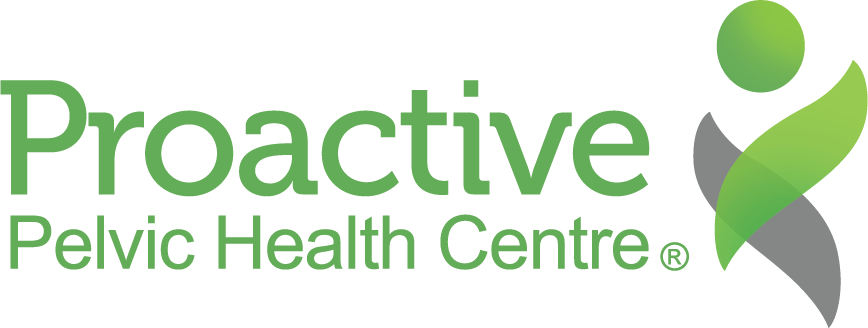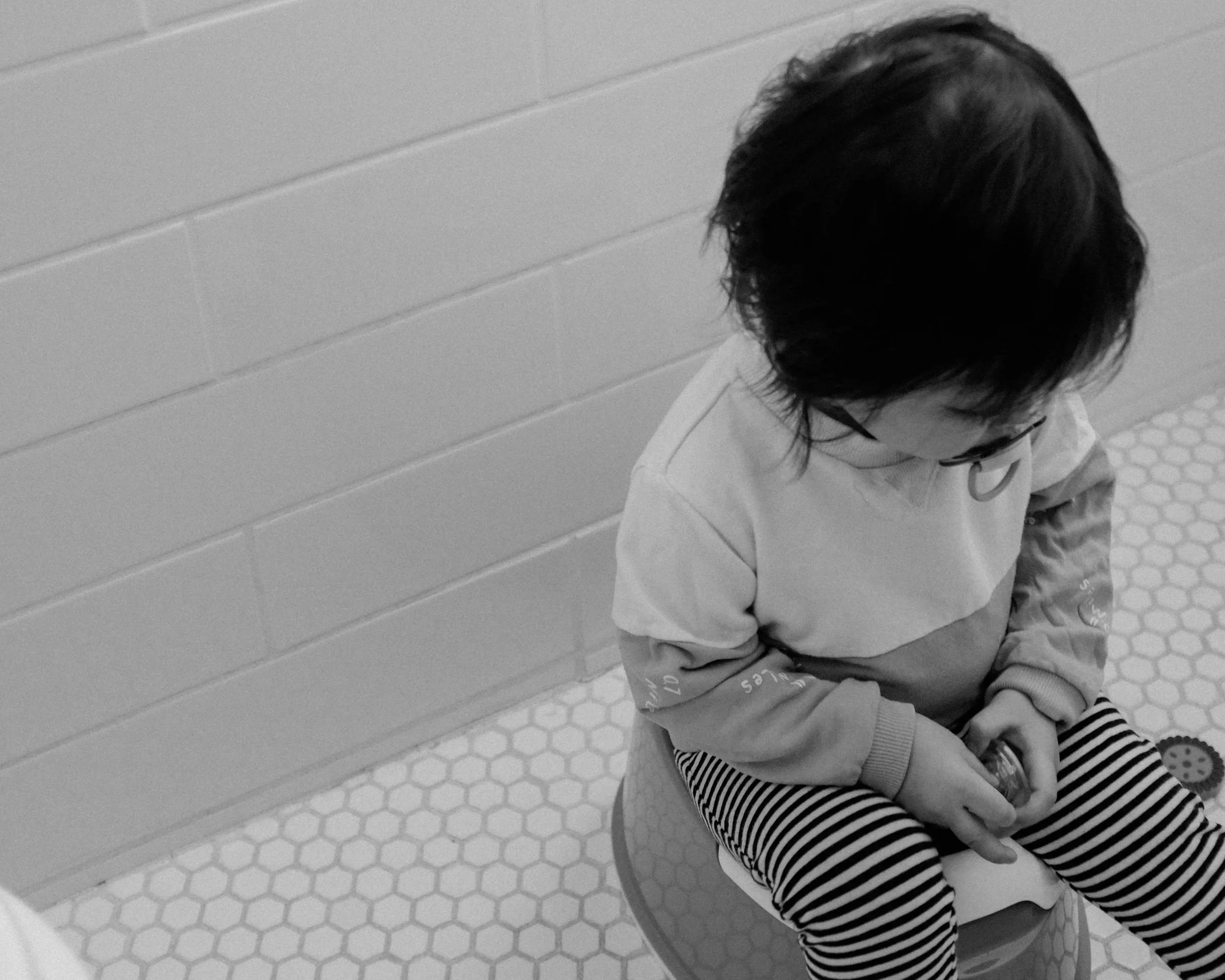Building Better Bladder Habits for Kids
Lauren Rudko, PT, MSc. PT
Registered Physiotherapist – Pelvic Health
Key Takeaways
Be mindful of fluids that can irritate the bladder
Look for urine that is a light yellow colour to ensure proper hydration
Ensure that your child is comfortably seated or standing at the toilet
Be mindful of frequently asking your child to pee “just in case”
Encourage your child to relax on the toilet and let their bladder empty naturally rather than pushing
Stress around bladder habits can start around toilet training time as parents start to wonder if their child needs to urinate or if they can hold it until the next time a bathroom is available. Creating good bladder habits can not only set up a child for bladder health later on but can also ease parental anxiety.
How can fluids contribute to better bladder habits?
What a child drinks can impact how the bladder works in two ways.
Type of fluid: Some fluids can act as bladder irritants, which cause the bladder to become uncomfortable and want to flush itself out, resulting in bladder urge signals even if the bladder is not full. Common bladder irritants include fluids that are carbonated, caffeinated, spicy, citric and dairy. Different individuals can have different levels of reaction to common bladder irritants, so it’s important to see what may or may not have an impact on your child.
Amount of fluid: It’s also important to note that being dehydrated and having concentrated urine can also irritate the bladder so how much fluid we take in is also important. We want a child to drink enough so that their urine is a light yellow colour, which means that their amount of fluid will change with activity levels. On average, kids aged 1 to 3 will need 3.5 cups/day, those aged 4 to 8 will need 5 cups/day and those aged 9 to 13 will need about 7 cups/day.
How can toileting posture contribute to better bladder habits?
The position that a child uses the toilet in affects how their bladder empties. Whether sitting or standing, we want the child to feel supported enough so that their pelvic floor can relax. A relaxed pelvic floor sends a signal to the bladder to contract and empty.
For those who sit on the toilet, this means that their feet should be supported (using a stool if their feet don’t touch the ground) and they feel comfortable on the toilet seat (using a toilet seat reducer if the child is smaller).
For those with penises who stand to urinate, ensuring that they are tall enough to comfortably pee in the toilet without reaching or going on their tip toes can also be helpful (using a stool if not).
How often should children be urinating?
It can be tricky for parents to know when a child needs to urinate, especially when they are newly out of diapers. This can result in parents reminding a child to use the bathroom more often than the child needs to go and lead to push back from the child as a form of resistance and control.
Typically, bladder capacity increases as we age following the trends below:
0-1 yrs : 20 times per day or hourly with variability
1-3 yrs: 10 times per day
3 to 5 years old: 7-9 times per day
By 12 years of age reaching adult norms of 6-8 times per day
It can be tempting to encourage a child to urinate every time they leave the house, however, this can result in long term habits of “just in case” urinating, which can interfere with the signals we receive from the bladder causing us to receive the urge to urinate more frequently than necessary. Creating habits around toilet times at natural transitions every 2-3 hours can help children’s bladders fill and empty completely. For instance, creating a toileting routine around meals and snacks can keep everyone on track.
How can relaxing and not rushing build better bladder habits?
It can be tempting for busy, active, kids to rush through going to urinate as there are other things they would rather be doing. However, the best habits around peeing come from relaxing and taking a moment to fully empty the bladder slowly (this goes for busy caregivers too!). Pushing urine out rather than relaxing and letting the bladder empty at its own pace can lead to weakness in the pelvic floor, as well interfere with natural body signals between the pelvic floor and bladder.
How can pelvic health physiotherapy help to build better bladder habits for kids?
If you are concerned about your child’s bladder habits or if they are having any urinary concerns (day or nighttime leaking, withholding, painful urinating) speaking to a pelvic health physiotherapist who is specially trained to work with children. Using a non-invasive, play based and holistic approach, paediatric pelvic health physiotherapy can help your child create better bladder habits that will last a lifetime.


